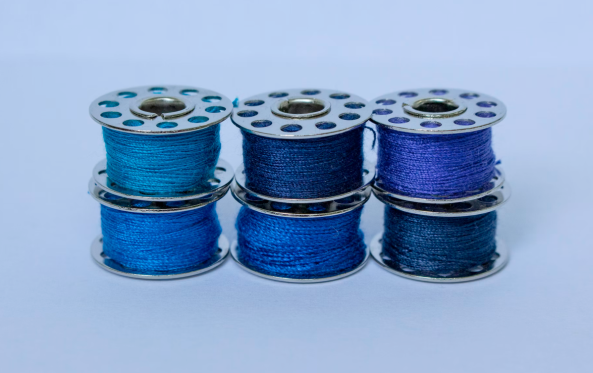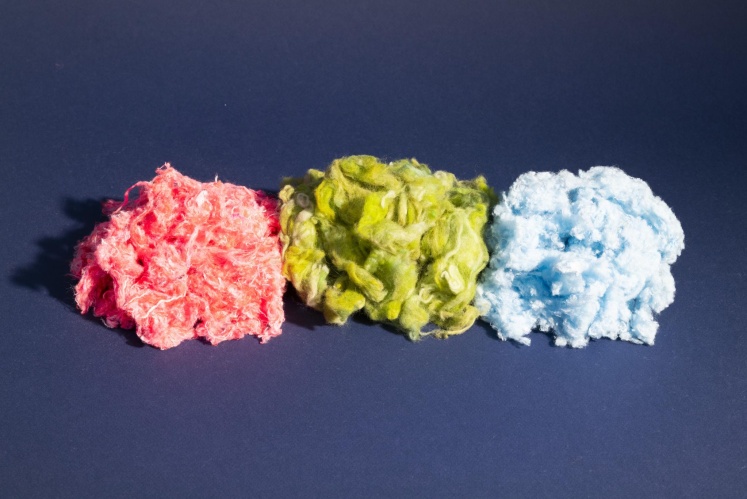
13th edition of Refashion Innovation Challenge
Refashion's Innovation Challenge is back for its 13th edition! Find out more about the call for R&D projects and how to apply!

Refashion's Innovation Challenge is back for its 13th edition! Find out more about the call for R&D projects and how to apply!

Pour la 2ème édition de son appel à projets annuel dédié au réemploi, Refashion soutient 35 projets en France métropolitaine et à La Réunion.|Pour la 2ème édition de son appel à projets annuel dédié au réemploi, Refashion soutient 35 projets en France métropolitaine et à La Réunion.
The precise sorting and thorough preparation of materials are key to a competitive recycling process meeting high standards of quality.
Challenges, technologies and innovations that make textile recycling more efficient and sustainable.
Read on to find out more!

Sorting and preparing materials are key stages in the efficient recycling of used textiles and footwear.
They make it possible to identify the composition of products, remove disruptors, and turn the materials (grinding, shredding, tearing/garnetting, etc.) into the format that meets the technical requirements of recyclers.
By optimising these phases upstream, we can better recover even the most complex textiles and footwear, and encourage the emergence of efficient, sustainable industrial recycling solutions.
Find out more about the key stages in material preparation and the process that will transform textiles and footwear into new resources.
Textiles and footwear are often made up of multiple materials, used alone or blended with others (cotton, polyester, wool). They can also include multi-layer components (linings, fastenings, logos) and hard points (metal, stiff plastic).
This complexity makes recycling more difficult, since recyclers need clearly identified and homogenous materials to ensure the efficiency of their mechanical, thermomechanical or chemical processes.
Rigorous upstream sorting makes it possible to:
This challenge is addressed in Refashion's “Characterisation study of waste streams entering and leaving sorting centres” (April 2023), which provides detailed data on the make-up of waste streams and helps to steer innovations in sorting and material preparation.
Refashion’s “Study of disruptors and facilitators in the recycling of clothing, household linen and footwear” (February 2025) analyses these obstacles and suggests ways to automate their identification and removal.
Refashion constantly monitors the latest advances in automation, artificial intelligence and industrial processes.
Refashion provides access to its material libraries to identify textile components rapidly, while also upgrading the technological systems of suppliers.
Refashion actively supports the development of innovative solutions at every stage in textile and footwear recycling: material/colour recognition sensors, automated trim removal tools, and many more. Find out more about our schemes to accelerate circular innovation.